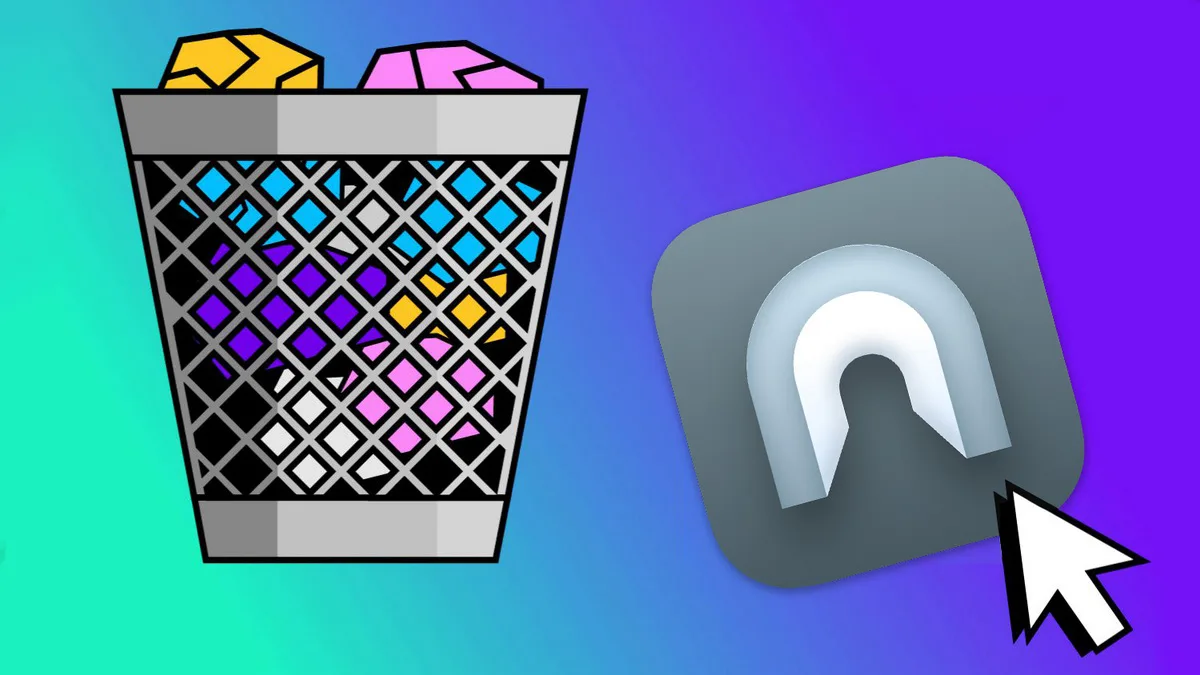Positive Technologies specialist Yegor Filatov discovered and helped fix a vulnerability in Tunnelblick (a graphical interface for OpenVPN). The issue allowed privilege escalation and data theft. Notably, it could be exploited even in cases of incomplete application removal.
The vulnerability has been assigned the identifiers CVE-2025-43711 and PT-2025-25226 (8.1 out of 10 on the CVSS 3.1 scale). It affected all versions of Tunnelblick from 3.5beta06 through 6.1beta2. Exploiting the bug allowed an attacker to escalate privileges on the victim’s computer.
“For a successful attack, the adversary would need a user account with the ability to change macOS settings. Since administrative rights are granted by default, virtually anyone could have become a victim. Another condition: exploitation would have been possible only if Tunnelblick had not been fully removed from the computer—for example, if it was simply moved to the Trash. In that case, a component running with elevated privileges would have remained on the device, and an attacker could have leveraged it,” says Yegor Filatov, a junior specialist on Positive Technologies’ mobile application security research team.
It is noted that if the application was not fully removed, an attacker could place malware on the victim’s device that leverages Tunnelblick’s privileged component. Upon the next system startup, the attacker’s privileges would be automatically escalated, giving them the ability to perform arbitrary operations.
After being notified of the bug, the developer has already released updates. Users are advised to update Tunnelblick to version 7.0, 7.1beta01, or later. If downloading the fix is not possible for any reason, experts recommend protecting yourself in one of two ways: do not delete Tunnelblick.app from the /Applications folder, or log in as a standard user (without administrator privileges).
For users who no longer need Tunnelblick, the project team recommends removing the application using the built-in uninstaller. To do this, open the “VPN Details” window and find the “Utilities” panel. If there is no “Uninstall” button there, you can use the separate Tunnelblick uninstaller or any other. Those who moved the application to the Trash are advised to delete the file located at /Library/LaunchDaemons/net.tunnelblick.tunnelblick.tunnelblickd.plist.
An alternative approach is to reinstall any version of Tunnelblick and then remove it completely according to the recommendations.
